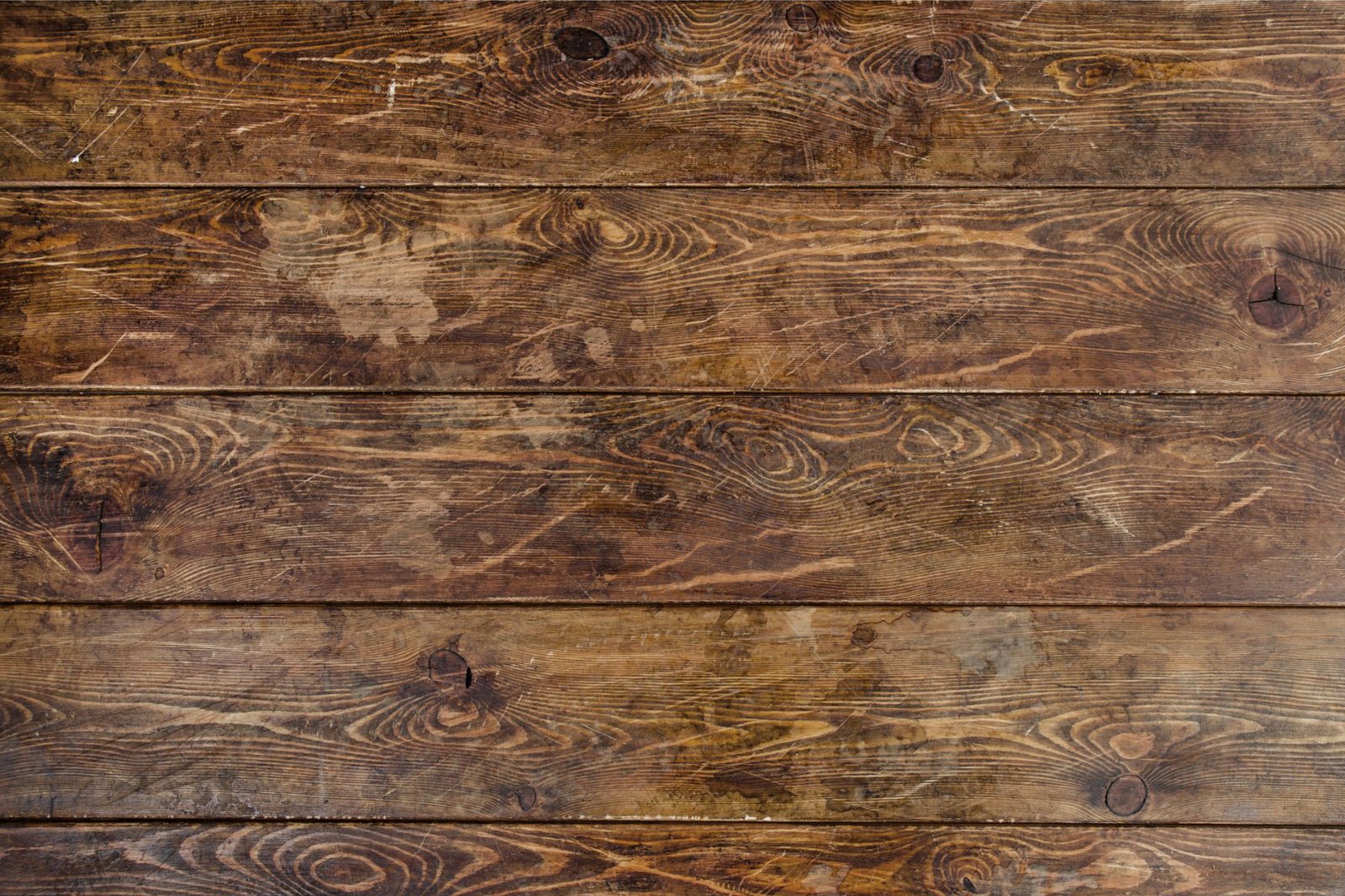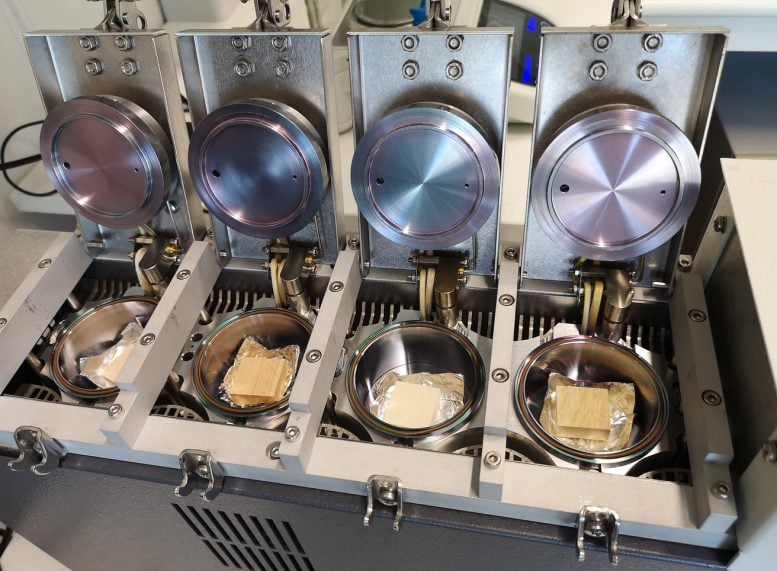
Research shows that wood has natural antiviral properties effective against viruses such as the coronavirus, potentially making it a sustainable option for reducing surface transmission.
Viruses, such as the coronavirus responsible for COVID-19, can be transmitted from person to person through contact with contaminated surfaces. However, could certain surfaces naturally reduce this risk without the need for household disinfectants? According to a study published in ACS Applied Materials & Interfaces, wood possesses inherent antiviral properties that can decrease the duration viruses remain active on its surface. Furthermore, some types of wood are more effective than others in reducing viral infectivity.
Enveloped viruses, like the coronavirus, can live up to five days on surfaces; nonenveloped viruses, including enteroviruses linked to the common cold, can live for weeks, in some cases even if the surfaces are disinfected. Previous studies have shown that wood has antibacterial and antifungal properties, making it an ideal material for cutting boards. However, wood’s ability to inactivate viruses has yet to be explored, which is what Varpu Marjomäki and colleagues set out to study.

Research Methodology
The researchers looked at how long enveloped and nonenveloped viruses remained infectious on the surface of six types of wood: Scots pine, silver birch, gray alder, eucalyptus, pedunculate oak, and Norway spruce. To determine viral activity, they flushed a wood sample’s surface with a liquid solution at different time points and then placed that solution in a petri dish that contained cultured cells. After incubating the cells with the solution, they measured the number (if any) infected with the virus.
Results from their demonstrations with an enveloped coronavirus showed that pine, spruce, birch, and alder need one hour to completely reduce the virus’ ability to infect cells, with eucalyptus and oak needing two hours. Pine had the fastest onset of antiviral activity, beginning after five minutes. Spruce came in second, showing a sharp drop in infectivity after 10 minutes.
Study Findings on Viral Infectivity
For a nonenveloped enterovirus, the researchers found that incubation on oak and spruce surfaces resulted in a loss of infectivity within about an hour, with oak having an onset time of 7.5 minutes and spruce after 60 minutes. Pine, birch, and eucalyptus reduced the virus’ infectivity after four hours, and alder showed no antiviral effect.
Based on their study data, the researchers concluded that the chemical composition of a wood’s surface is primarily responsible for its antiviral functionality. While determining the exact chemical mechanisms responsible for viral inactivation will require further study, they say these findings point to wood as a promising potential candidate for sustainable, natural antiviral materials.
Reference: “Tree Species-Dependent Inactivation of Coronaviruses and Enteroviruses on Solid Wood Surfaces” by Sailee Shroff, Anni Perämäki, Antti Väisänen, Pertti Pasanen, Krista Grönlund, Ville H. Nissinen, Janne Jänis, Antti Haapala and Varpu Marjomäki, 28 May 2024, ACS Applied Materials & Interfaces.
DOI: 10.1021/acsami.4c02156
The authors acknowledge funding from the Research Council of Finland and the Jane and Aatos Erkko Foundation.







